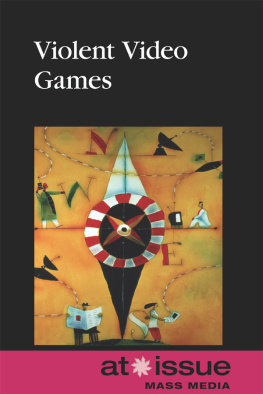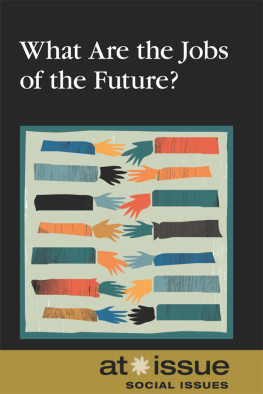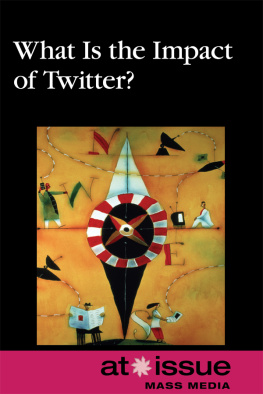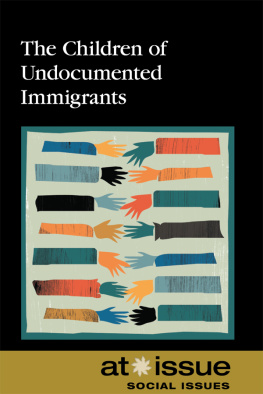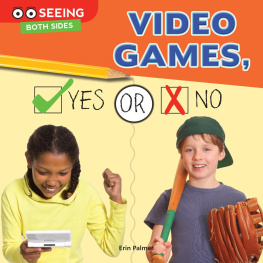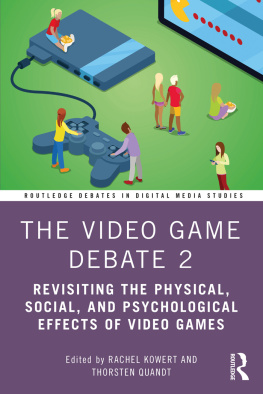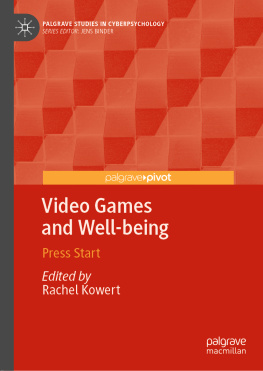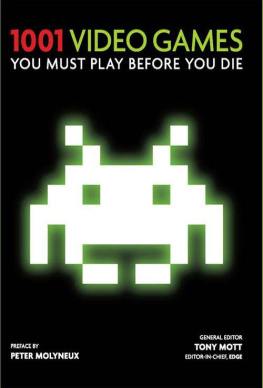Elizabeth Des Chenes, Director, Content Strategy
Douglas Dentino, Manager, New Product
2015 Greenhaven Press, a part of Gale, Cengage Learning.
WCN: 01-100-101
Gale and Greenhaven Press are registered trademarks used herein under license.
For more information, contact:
Greenhaven Press
27500 Drake Rd.
Farmington Hills, MI 48331-3535
Or you can visit our Internet site at gale.cengage.com
ALL RIGHTS RESERVED.
No part of this work covered by the copyright herein may be reproduced, transmitted, stored, or used in any form or by any means graphic, electronic, or mechanical, including but not limited to photocopying, recording, scanning, digitizing, taping, Web distribution, information networks, or information storage and retrieval systems, except as permitted under Section 107 or 108 of the 1976 United States Copyright Act, without the prior written permission of the publisher.
For product information and technology assistance, contact us at
Gale Customer Support, 1-800-877-4253
For permission to use material from this text or product, submit all requests online at
www.cengage.com/permissions
Further permissions questions can be e-mailed to
Articles in Greenhaven Press anthologies are often edited for length to meet page requirements. In addition, original titles of these works are changed to clearly present the main thesis and to explicitly indicate the authors opinion. Every effort is made to ensure that Greenhaven Press accurately reflects the original intent of the authors. Every effort has been made to trace the owners of copyrighted material.
Cover photograph reproduced by permission of Brand X Pictures.
LIBRARY OF CONGRESS CATALOGING-IN-PUBLICATION DATA
Violent video games / Roman Espejo, book editor.
pages cm. -- (At issue)
Includes bibliographical references and index.
ISBN 978-0-7377-7195-4 (hardcover) -- ISBN 978-0-7377-7196-1 (pbk.)
1. Video games and children. 2. Video games and teenagers. 3. Violence in video games. 4. Children and violence. 5. Youth and violence. I. Espejo, Roman, 1977
HQ784.V53V56 2015
794.8083--dc23
2014021946
Printed in the United States of America
1 2 3 4 5 6 7 18 17 16 15 14
Introduction
W hile awarding 2013s Grand Theft Auto V a score of nine out of ten in a review, GameSpot staff writer Carolyn Petit criticized the latest in the blockbuster game series for its sexism. GTA V has little room for women except to portray them as strippers, prostitutes, long-suffering wives, humorless girlfriends and goofy, new-age feminists were meant to laugh at,1 says Petit. Characters constantly spout lines that glorify male sexuality while demeaning women, and the billboards and radio stations of the world reinforce this misogyny, with ads that equate manhood with sleek sports cars while encouraging women to purchase a fragrance that will make them smell like a bitch, she adds. Explaining her position, Petit insists that the characterization and treatment of women in Grand Theft Auto V lack any meaningful context. With nothing in the narrative to underscore how insane and wrong this is, all the game does is reinforce and celebrate sexism, she concludes.
As in television, movies, and music, misogyny is a recurring issue in video games. Released in 1982, Custers Revenge attracted controversy for enabling the player to rape a Native American woman tied to a pole. The following decade, Lara Croft, the central heroine of the Tomb Raider series, sparked complaints that the buxom, scantily clad character was hypersexualized, especially for an archeologist. And more recently, RapeLay, a Japanese video game, was widely condemned for making play out of sexual assault. For instance, the player harasses and gropes a mother and her two daughters in a subway station, with the goal of arousing them despite their fearful reactions. The physical character design can obviously be sexistin fact, thats usually its entire jobbut often its the narrative structures that wrap the player in a matrix of sexism,2 states Cracked, a humor and culture website.
To examine representations of women in video games, media critic and gamer Anita Sarkeesian created the multiepisode Tropes vs. Women in Video Games for her web series Feminist Frequency. One of the reasons I decided to dedicate a series exclusively to video games is because the way women are represented in the medium is consistently abysmal,3 she maintains. The vast majority of female characters, Sarkeesian argues, are limited to sexist stereotypes and clichs, from helpless damsels in distress to sexually objectified sidekicks and villains. Developers are perfectly willing to bend, twist or entirely throw out the laws of physics and no one bats an eye, asserts Sarkeesian, but somehow its impossible to imagine even an alternative reality in which most women arent horribly oppressed, stereotyped or merely decorative. In her view, video games are a powerful and pervasive part of popular culture, and their distortions of gender must be addressed. Think of it this way, if gaming is the air we all breathe, right now the air quality is currently extremely polluted with thick clouds of toxic sexism with radioactive particles of misogyny floating around everywhere.4
Not everyone, however, believes that video games and gaming suffer from an extreme level of sexism. The poor treatment of women in video games is not because male gamers are, by and large, causatively sexist,5 contends Joe Yang, founder of Project Cognizance, an academic website on video games. Yang persists that the problem does not plague gaming any more than other mediums of entertainment. None of the issues regarding misogyny in the video game industry are unique, or even caused by the distinctive ritual behaviours that exist, he purports. On the contrary, Yang proposes that representations of women are evolving more rapidly toward equality in video games than in other media. Video games, I would argue, are becoming progressive in [their] narrative much faster because as gender becomes more prevalent, the culture is providing more focus on a female perspective,6 claims Yang.
As for Grand Theft Auto V, Carolyn Petits criticism of misogyny has been questioned. Yes, overwhelmingly the game has a terribly negative portrayal of women. But I think were missing the other side of the coin here,7 asserts Paul Tassi, a Forbes contributor covering video games and technology. The game has a terribly negative portrayal of men too. Among these portrayals, he observes, include lazy good-for-nothings, perverts, and racists. All the side characters of both genders are crazy and one-dimensional in GTA 5, Tassi suggests. The fact that there isnt a female lead means that theres really no chance for a female character to be both a ruthless killer and criminal like the guys, and likable as we learn more about her and find her redeeming qualities.

